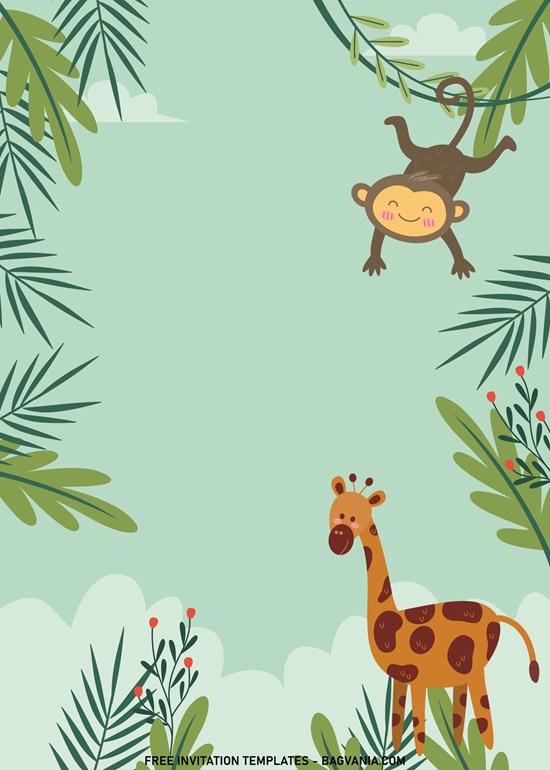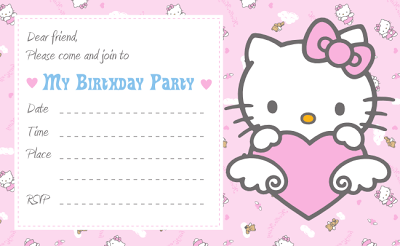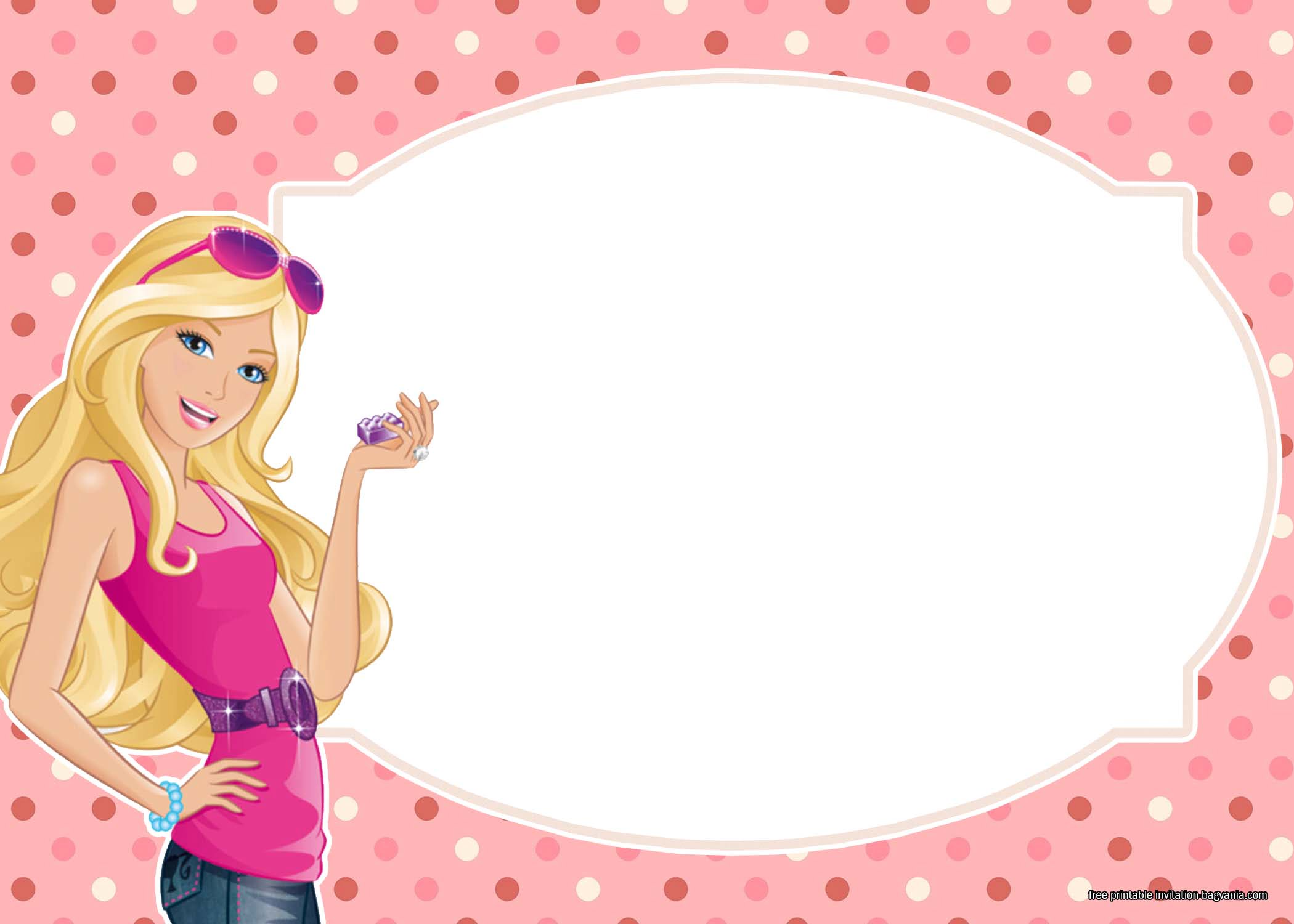Find the match is one of the many kids activities that are often done in preschools and kindergartens. It offers a delightful blend of learning and play, offering young children an engaging way to develop essential cognitive skills. By encouraging kids to identify and pair similar objects, shapes, or patterns, these activities sharpen their observation and reasoning abilities while boosting memory and focus. The interactive nature of matching games makes them an enjoyable challenge, fostering a love for learning that extends beyond the page. Let’s explore how these simple yet effective worksheets can transform learning into a fun-filled adventure for kids.
If you have young children, this is your sign to do these kinds of activities together. It is a chance to spend time together, to bond, to boost their developments and on top of it all, it’s just a great fun. In this article, we will help point you in the right direction to get started, because there are so many online sites that offer great resources. At the end section, you will also find invitation templates for you to use if you want to throw an Find the Match Activity Playdate! Because the more the merrier!

What are the Benefits of This Activity?
1. Enhances Visual Discrimination
Find the match worksheets help children strengthen their visual discrimination skills, which are critical for identifying similarities and differences between objects. By examining shapes, colors, patterns, or images, kids learn to notice subtle details, a skill that lays the foundation for recognizing letters, numbers, and words later in their education.
2. Boosts Cognitive Processing
Matching activities engage children’s minds in problem-solving, requiring them to think critically and make decisions. This process helps improve their cognitive processing speed and logical reasoning as they analyze the worksheet and determine the correct pairs.
3. Improves Memory and Focus
The act of finding matches trains children to remember what they’ve seen, enhancing their short-term memory. It also requires sustained attention, helping them build focus and concentration skills that are essential for success in school and daily activities.
4. Develops Fine Motor Skills
As children draw lines, circle pairs, or use their fingers to trace connections, they practice fine motor skills. This strengthens the small muscles in their hands and fingers, which are vital for handwriting, using scissors, and other precise tasks.
5. Encourages Independent Learning
Find the match worksheets are designed to be simple enough for children to work on independently, boosting their confidence and self-reliance. This independence helps build a sense of accomplishment and motivates them to tackle new challenges.
6. Supports Language Development
When parents or teachers discuss the objects and matches with children, these activities expand their vocabulary and language skills. Talking about shapes, colors, and names of objects enriches their understanding and communication abilities.
7. Makes Learning Fun
Most importantly, matching worksheets transform learning into a playful experience. Kids are more likely to stay engaged and retain information when the process feels like a game, fostering a positive attitude toward learning that can last a lifetime.
Find the Match Worksheets for Different Age Groups
1. Matching Colors for Toddlers (Ages 1-3)
For this age group, use simple and visually distinct objects, such as matching basic shapes and colors. Keep the number of matches small (e.g., 2-4 pairs) and use large, bold images to make it easier for toddlers to recognize similarities. This is a great Find the Match worksheet for toddlers, from Academy Worksheets, it requires your young learner to match the different colored flowers.
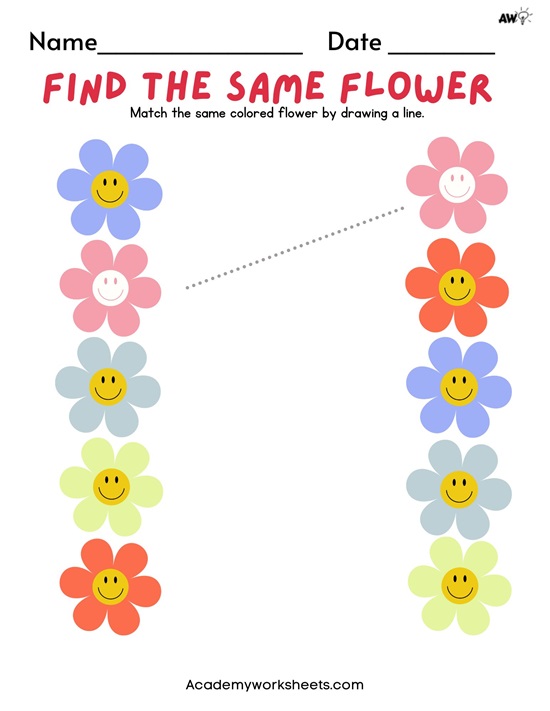
For toddlers, encourage them to use their fingers and point to the match. You can also offer verbal cues, like “Can you find the other red flower?” can also help guide them. Another great worksheet is from Look Book Education, which offers a reference picture that the child needs to find among the group. This worksheet is colorful and uses different animals, which will keep your child engaged and interested.

2. Finding Matches among Many for Preschoolers (Ages 4-5)
Preschoolers are ready for slightly more complex worksheets. Introduce a greater number of matches (e.g., 6-8 pairs) and add variety, such as matching objects to their outlines, a great worksheet from Kids Academy is a good one to start with. You can also check out Shadow Matching: Fun Activity for Kids Ages 2 to 7 for more ideas.

You can also get a worksheet that requires finding a matching picture in a whole bunch of mixed pictures, like this worksheet from Kidlo. A find the match activity like this will really train their focus and attention to details.
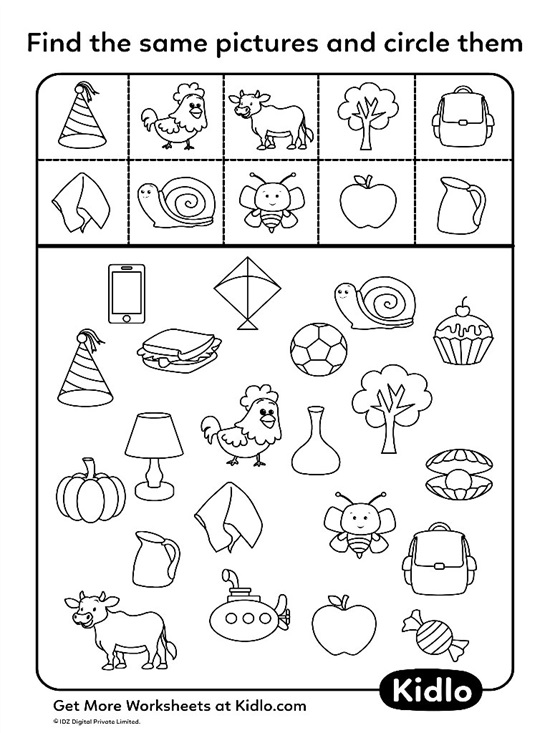
Add more fun to your activity time by letting them color the pictures. At this developmental stage, you should also encourage them to complete the activity independently while providing positive reinforcement.
3. Matching Patterns and Incomplete Images for Early Elementary (Ages 6-8)
For this age group, include more challenging worksheets with increased complexity. For example, incorporate abstract patterns and incomplete images. We’ve got a great Find the Match worksheet from Semesta Ibu that requires your child to find the same patterned squares among many squares.
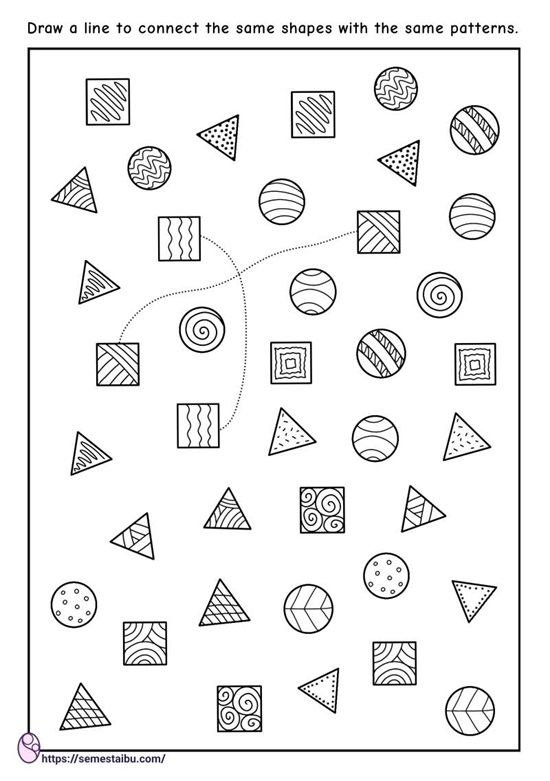
Another one is from Little Dots Education, where your child gets to connect parts of egg shells with the same patterns. At this stage, Find the Match activities with your children can also include time-based challenges to improve speed and efficiency.
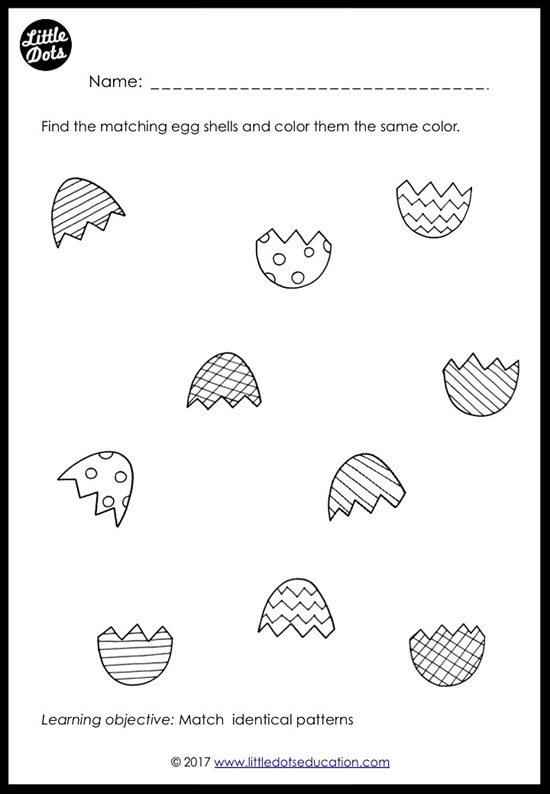
For early readers, it is also a great idea to provide them with words instead of reference picture. This worksheet from Kidlo is a great example. This way, your child is practicing their reading skills in a fun way and the same time using their creative thinking, imagination and ability to recognize different items to complete the task.

A Great Activity to Do Together
Find the Match activities are a wonderful opportunity for bonding between parents and children. Working on these activities together allows parents to guide their child through challenges, celebrate successes, and observe their progress firsthand. It also provides a platform for meaningful conversation—talking about the pictures, explaining concepts, and encouraging curiosity. By participating, parents can model problem-solving techniques and show how learning can be both fun and collaborative.
Inviting Other Parents and Young Children
Organize a small gathering or playdate centered around matching activities. Share the idea with other parents, highlighting how these worksheets combine fun and learning. You can set up themed matching games for the group, such as seasonal images or favorite characters, and encourage a friendly competition with small rewards.
To make it even more engaging, you can pair the worksheets with related crafts or activities. For example, after a matching game involving animals, children could create their favorite animal with playdough. Consider sharing the event on local parent groups or social media with a friendly invitation like:
“Looking for a fun and educational way to keep the kids entertained? Join us for a playful afternoon of find-the-match games! Perfect for young learners, these activities boost skills while having loads of fun. Let’s learn and laugh together—message me for details!”
This creates a welcoming atmosphere that encourages other parents to participate and fosters a sense of community. To start you off, check out our fun invitation templates right here: 11+ Cute Safari Baby Animals Birthday Invitation Templates For Your Little Explorer. It’s fun animal designs are a favorite among children, all you have to do is download and edit in the details to your Find the Match Playdate!
Find the Match activities are more than just a fun activity—they’re a powerful tool for fostering essential skills like visual discrimination, memory, focus, and problem-solving. By adjusting the difficulty to suit different age groups, parents and educators can ensure that children remain engaged and challenged at every stage of development. These activities not only support individual learning but also provide an opportunity for meaningful interaction when done together.
Whether used at home, in the classroom, or during group playdates, find the match worksheets make learning enjoyable and collaborative. Their playful nature keeps kids motivated, helping them associate education with excitement and curiosity. So, gather some worksheets, invite a friend, or explore new themes, and watch as children thrive while having fun!

